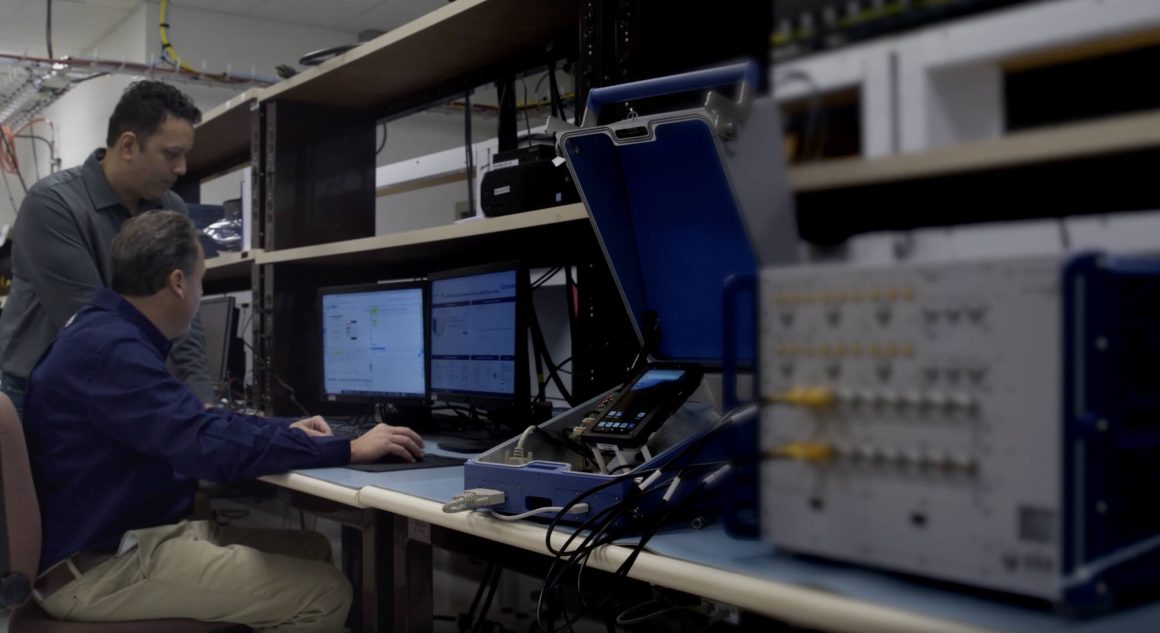Rohde & Schwarz announced it has validated the machine learning-based channel-state information (CSI) feedback compression for 5G-Advanced networks with support from Qualcomm.
According to the German company, the validation demonstrated a throughput improvement of 51% compared to Type I feedback, followed by wideband precoding, as defined in 3GPP Release 15.
The two companies achieved interoperability between ML models running on a mobile form factor reference design powered by a Qualcomm 5G Modem-RF and the CMX500 5G one-box signaling tester from Rohde & Schwarz, implementing enhanced CSI feedback mechanisms studied in 3GPP Release 18 and 19.
Both parties employed separate training approaches for AI models on the network and device side. Compatibility was achieved through specified reference models. Utilising autoencoder architecture, Qualcomm Technologies implemented a proprietary device encoder, while Rohde & Schwarz developed a decoder for its network emulator.
“In this new 5G-Advanced era of connectivity, and as we look towards 6G, AI is even more critical not just for the best user experiences but also for network performance. The joint research […] validates that AI-based CSI will help ensure these performance enhancements,” said John Smee, Senior VP of Engineering at Qualcomm.
According to Rohde & Schwarz, the validation confirms the feasibility of implementing cross-vendor AI in wireless communications to enhance network performance.
“Validating interoperability with Qualcomm’s encoder confirms our commitment to establishing essential verification frameworks for AI-driven communications, from 5G-Advanced to future 6G systems,” pointed out Christoph Pointner, Senior VP of Mobile Radio Testers at Rohde & Schwarz.
Rohde & Schwarz and Qualcomm will present the CSI feedback enhancements demonstration live at Mobile World Congress 2025.



